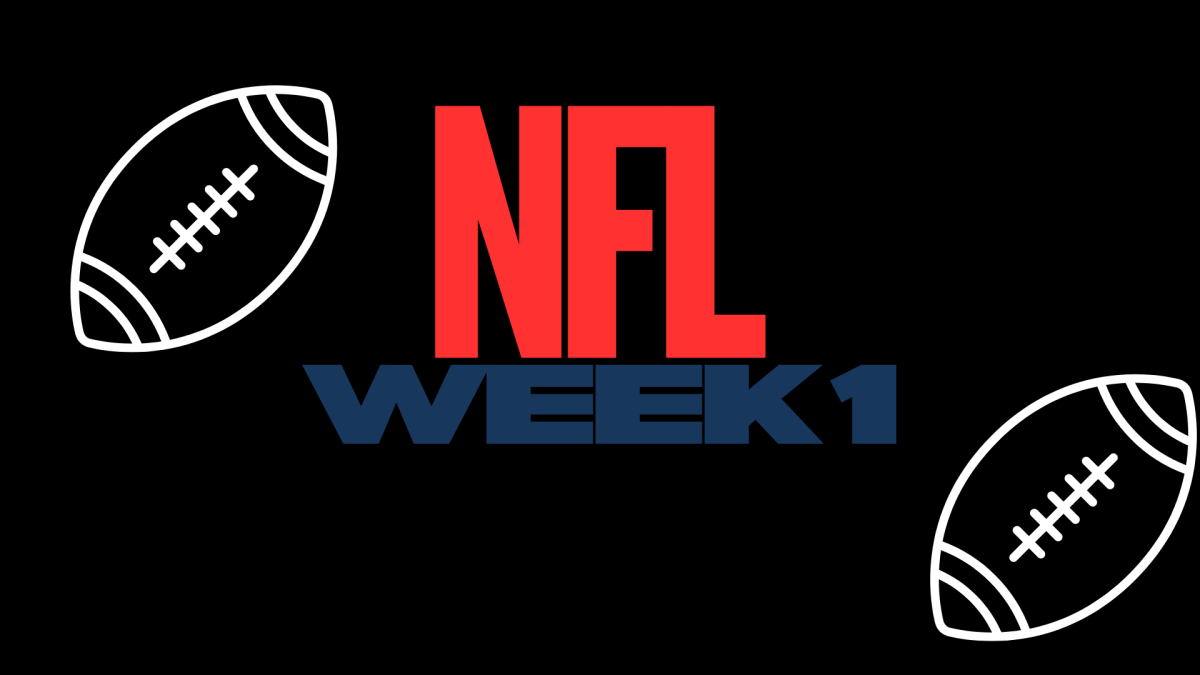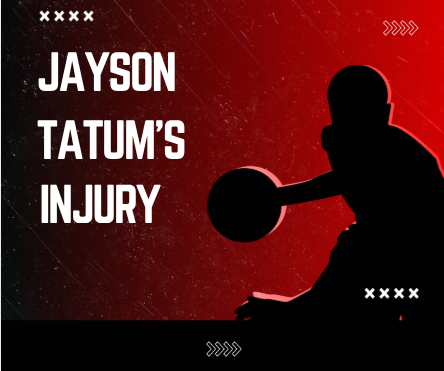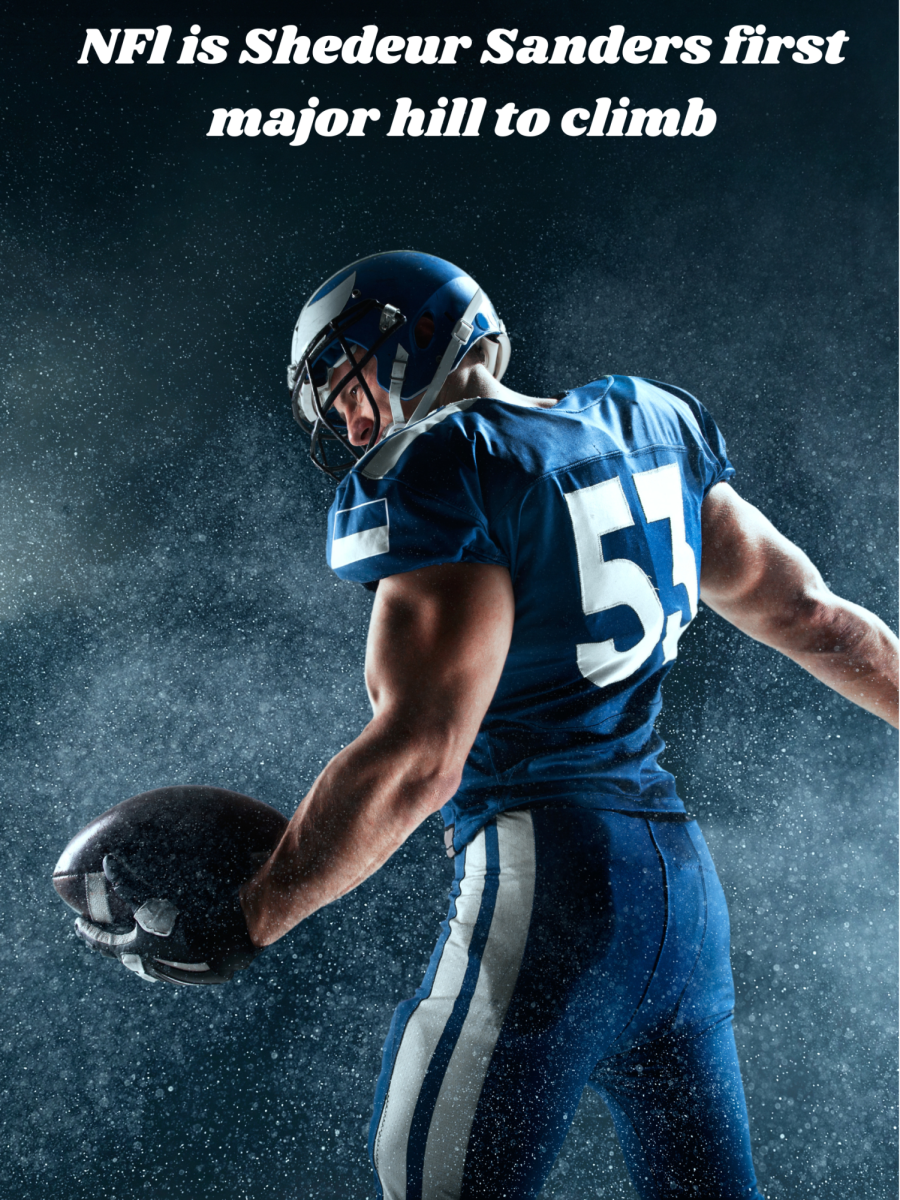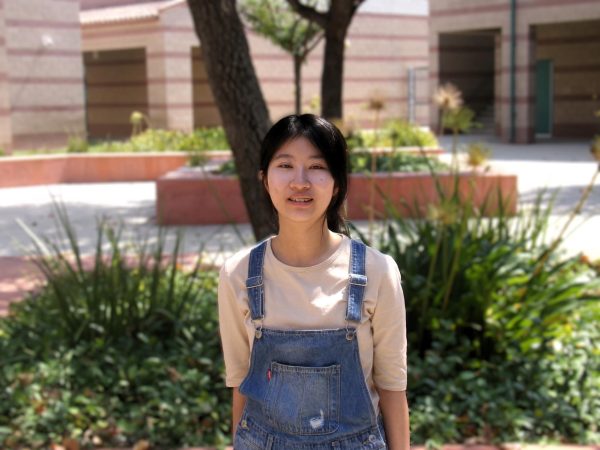The sport of extreme ironing was invented in 1997, in the garden of Phil Shaw. He needed to iron his clothes, but he also wanted to go out rock climbing. With this, he was determined to combine the two activities into one: extreme ironing. This activity involves people ironing their clothes in extreme or obscure areas, such as underwater, on mountaintops, or even skiing. Participants will often document their ironing adventures through photographs or videos.
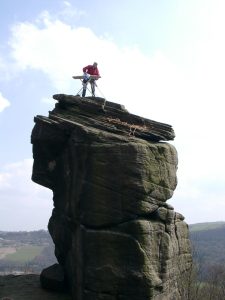
Championships for extreme ironing test the abilities of the participants in ironing while in difficult and extreme conditions. More specifically, contestants are assessed on their creativity, speed, and the creases left on the clothing after they are finished ironing them. Judges specifically look for clothes that have no wrinkles left on the material.
An extreme ironing participant, Matthew Battley, explains in an interview with Andrew Fiouzi that the most intriguing part is “the sheer ridiculousness of taking an ironing board somewhere it definitely shouldn’t be.”
For championships, there are a few rules that participants must follow. The ironing board used must be at least one meter in length and 30 centimeters in width. Plastic irons are banned; only irons produced from real iron can be used. Another requirement is that the clothing or material being ironed needs to be bigger in size than a tea towel.
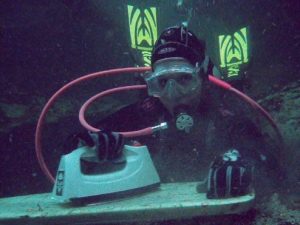
There are also different sections for extreme ironing. There is forest, water, urban, lauda, and freestyle. For the forest section, participants have to iron clothes at the highest point of a tree. The water section has competitors ironing while in flowing water. In this section, people usually have a surfboard or canoe to aid them. In the urban section, contestants iron clothes inside or near a torn-down vehicle. With the lauda section, participants have to climb a high distance and then iron clothing at the top. Finally, the freestyle section allows participants to compete by ironing anything and anywhere.
Haley Zelaya, a student at Eleanor Roosevelt High School, says, “If I were to do extreme ironing, I think I prefer to iron my clothes on a mountain. It seems more stable than the other options.”
Many people have debated whether extreme ironing should actually be considered as an athletic event or as an activity for people who enjoy thrilling activities.
In an interview with CBS Sunday Morning, Phil Shaw says, “It wasn’t—from the outset— meant as a competitive sport but we decided that if it was going to be taken seriously as a sport it needed to have World Championships.”

